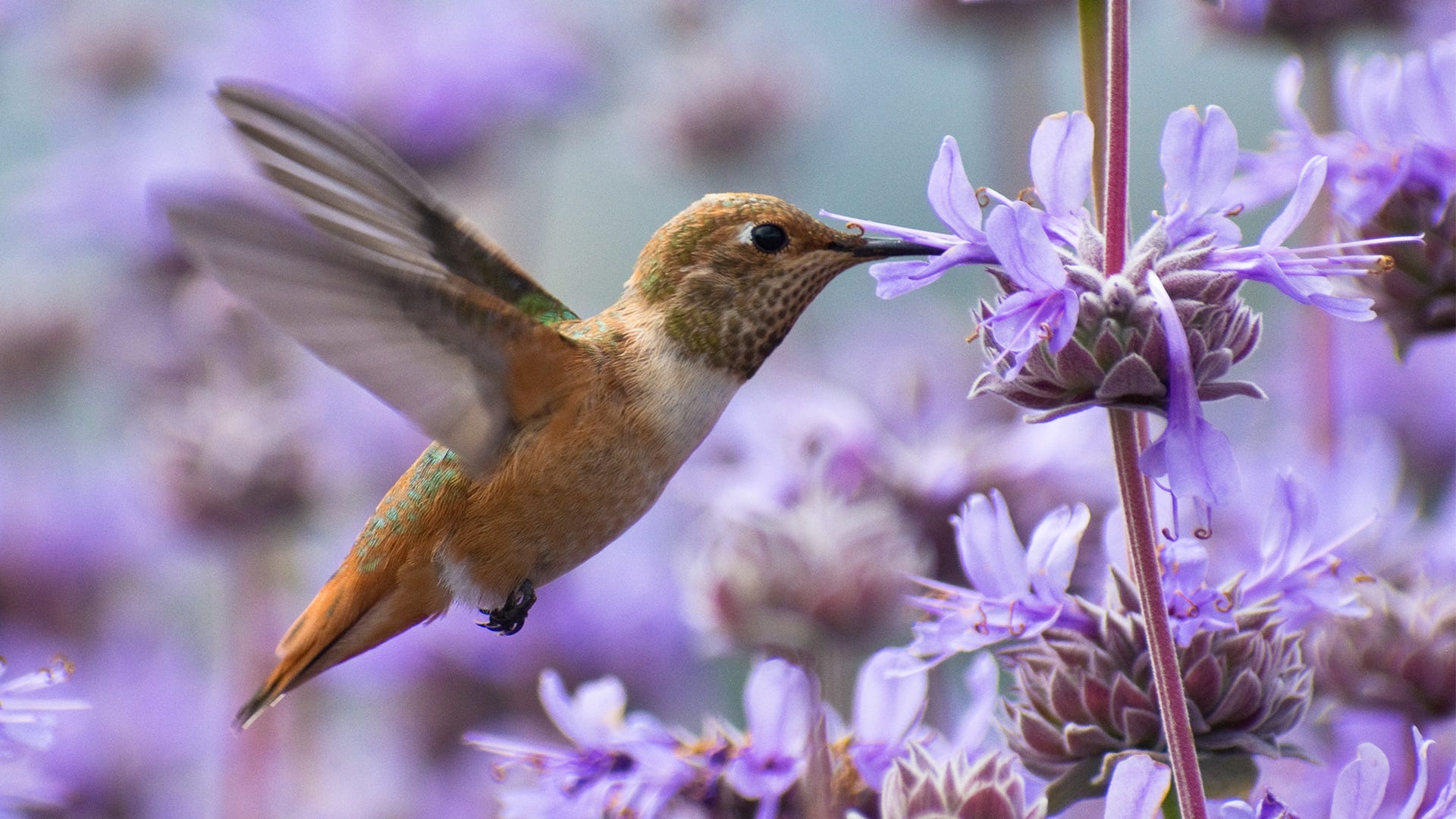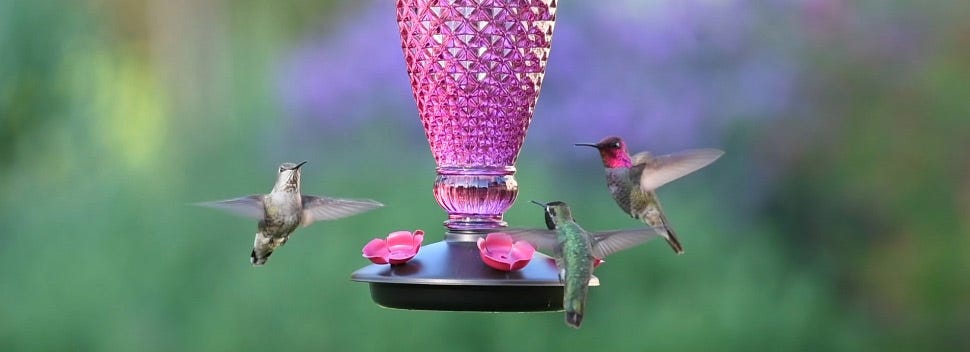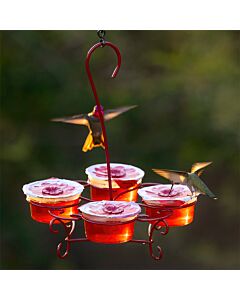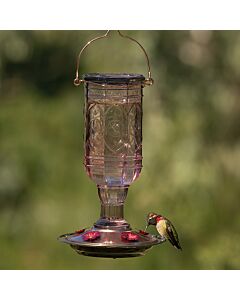
It's the time of year when the magnificent hummingbirds begin their long journey north to enjoy the spring and summer months in North America. Let's celebrate the hummingbirds by learning more about them. Here is a list of interesting hummingbird facts to brush up on before they make their way to your area!
- Hummingbirds have tongues that are grooved like the shape of a "W".
- Hummingbirds have tiny hairs on the tips of their tongues to help them lap up nectar similar to a cat.
- A hummingbird's bill is longer in proportion to its body, as compared to other birds.
- Hummingbirds have no sense of smell, but can hear better than humans.
- Hummingbirds are attracted to all bright colors, although red is most prominently associated with these tiny birds.
- Hummingbirds see in ultraviolet light and they can see further than a human.
- Hummingbirds have a great memory – they remember every flower & feeder they've been to, and how long it will take a flower to refill.
- The hummingbird brain is 4.2% of its body weight – this is the largest, in proportion, of the wild bird group.
- Hummingbirds are the only birds that can fly like a helicopter… up, down, sideways, front, and back!
- Hummingbirds are the second largest family of birds with over 300 species.
- Hummingbirds have weak feet – they mainly use them just for perching.
- When food is scarce and they are fatigued, hummingbirds go into a hibernation-like state (also known as torpor) to conserve energy.
- A hummingbird's heart beats up to 1,260 times per minute.
- Hummingbirds do not mate for life.
- A baby hummingbird is roughly the size of a penny and is unable to fly.
- The average life span of a hummingbird is 5 years, but they have been known to live for more than 10 years.
- Hummingbirds fly at an average of 25-30 miles per hour, and are able to dive up to 50 miles per hour.
- Some hummingbirds will travel over 2,000 miles twice a year during their migration.
Prepare for the migration with Perky-Pet® Hummingbird Feeders »
Learn More About Hummingbirds

Now that you know more about them, track hummingbirds during their migration with our Interactive Hummingbird Migration Map. Keep an eye on their movements and submit a photo of the hummingbirds you see in your backyard to help us track them. See trends of where they're going, and how long it takes to get there - even see last years migration through our archives.
Want to stay connected on all things hummingbird? Share your pictures, stories, and advice with us on Facebook or our Birding Community. You can also subscribe to our e-newsletter to stay up to date with our birding advice, new products, and exclusive offers.












